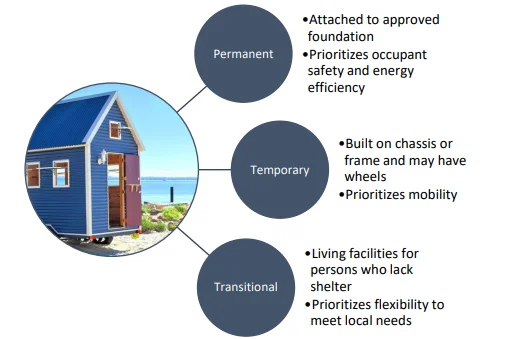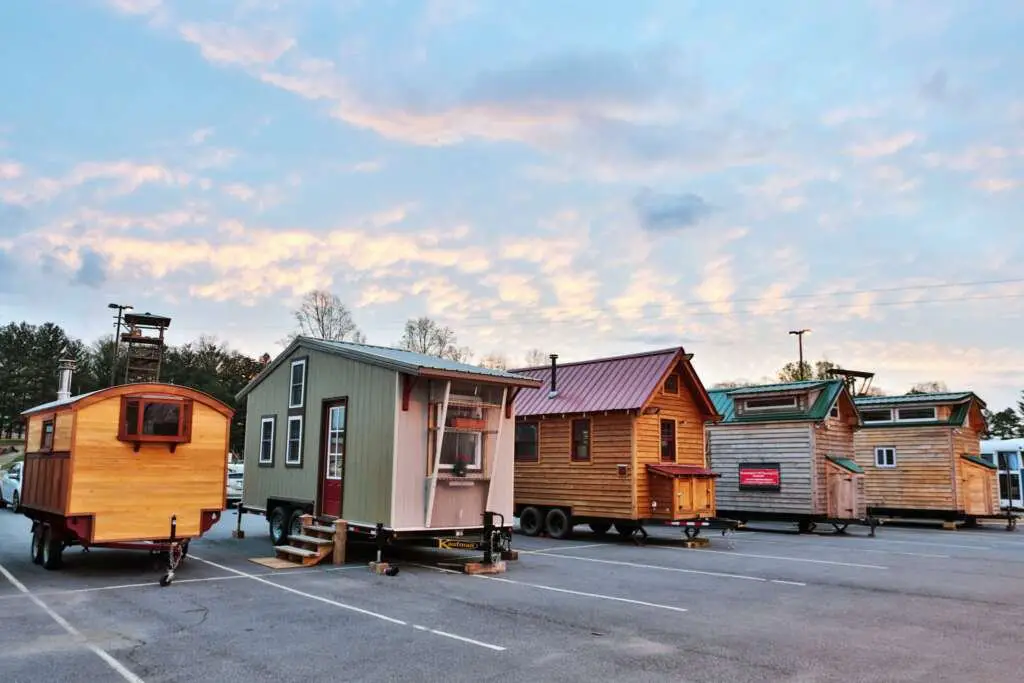Have you ever wondered if tiny homes are legal in Oregon? Well, you’re in luck because we’re here to give you the answer! Whether you dream of simplifying your life or seeking an affordable housing option, tiny homes have become increasingly popular. However, navigating the legalities surrounding these pint-sized dwellings can be a bit confusing. So, let’s explore the fascinating world of tiny homes in Oregon and find out if you can turn your pint-sized dreams into a reality!
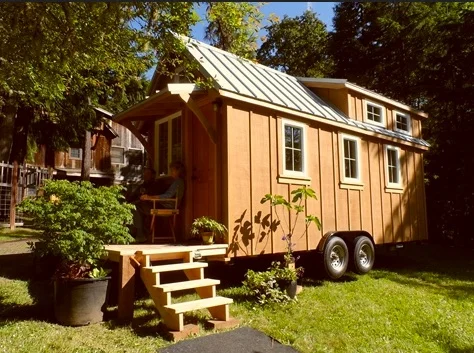
Legal Definitions
Definition of a Tiny Home
In order to understand the legal status of tiny homes in Oregon, it is important to first define what exactly constitutes a tiny home. Generally, a tiny home is a small, often portable, dwelling that typically measures less than 400 square feet in size. These homes are designed to maximize functionality and efficiency while providing a comfortable living space. Tiny homes can be built on wheels, enabling them to be classified as recreational vehicles (RVs), or they can be built on a foundation, similar to traditional homes.
Zoning Laws and Building Codes
Zoning laws and building codes play a crucial role in determining the legality and feasibility of tiny homes in Oregon. Zoning laws regulate land use and determine how properties can be utilized, while building codes set the standards for construction and safety. It is essential to understand these regulations in order to navigate the process of building or residing in a tiny home in the state of Oregon.
Building Codes
Oregon State Building Codes
Oregon has specific building codes that must be followed when constructing any residential structure, including tiny homes. These codes are designed to ensure the safety and structural integrity of buildings. It is important to consult the Oregon Residential Specialty Code (ORSC) which regulates the construction of dwellings, including tiny homes, in the state. Familiarizing yourself with these codes will help ensure that your tiny home is in compliance with the necessary building standards.
Local Building Codes
In addition to the state building codes, various municipalities and counties in Oregon may have their own specific building codes. These local codes may include additional requirements or restrictions that could impact the construction and placement of tiny homes. It is essential to research and understand the building codes of the specific locality where you plan to build or park your tiny home.
Zoning Laws
Residential Zones
Residential zones are areas designated for single-family or multi-family housing. These zones typically allow for the construction of traditional homes but may have restrictions on the placement and size of accessory structures, including tiny homes. It is important to consult the zoning regulations of the specific residential zone where you intend to establish your tiny home to ensure compliance with local laws.
Agricultural Zones
Agricultural zones are areas that are primarily used for farming or agricultural purposes. These zones may have more lenient regulations when it comes to the construction of housing structures, including tiny homes. However, it is important to note that there may still be certain requirements or restrictions in place, and it is crucial to research and understand the specific regulations of the agricultural zone where you plan to reside.
Commercial Zones
Commercial zones are designated for commercial and industrial activities. Generally, these zones do not permit the construction of residential structures, including tiny homes. However, some commercial zones may allow for mixed-use developments, which could potentially accommodate tiny homes as part of a larger commercial project. It is important to consult the local zoning regulations to determine the feasibility of establishing a tiny home in a commercial zone.
Permits and Approvals
Building Permits
Before constructing a tiny home in Oregon, it is essential to obtain the necessary building permits. Building permits ensure that the construction plans and methods are in compliance with building codes and safety standards. The permitting process typically involves submitting detailed construction plans, paying fees, and undergoing inspections to verify compliance. It is important to consult with the local building department to determine the specific requirements and procedures for obtaining a building permit for your tiny home project.
Land Use Permits
In addition to building permits, certain jurisdictions in Oregon may require land use permits for the placement of tiny homes. Land use permits assess the compatibility of the proposed land use with the existing zoning regulations and environmental considerations. These permits often involve a review process, public hearings, and may impose specific conditions on the use of the land. It is important to determine whether a land use permit is required for your tiny home project and to follow the appropriate procedures to obtain one.
Environmental Permits
Depending on the location of your tiny home in Oregon, you may also need to obtain environmental permits. These permits are designed to protect natural resources and ensure that development projects do not have a detrimental impact on the environment. Environmental permits may be required if your tiny home project involves developments near wetlands, rivers, or other environmentally sensitive areas. It is crucial to research and comply with the environmental regulations of the specific location where you plan to establish your tiny home.
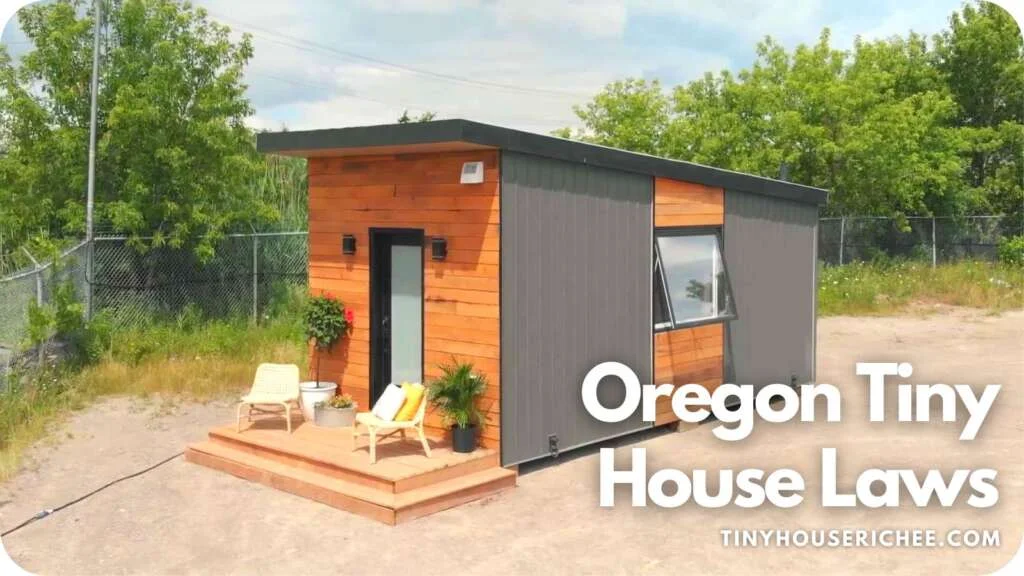
Tiny Home Communities
RV Parks and Campgrounds
One option for residing in a tiny home in Oregon is to park it in an RV park or campground. Many RV parks and campgrounds in Oregon provide spaces for temporary or long-term stays with all the necessary amenities. Residing in an RV park or campground can provide a sense of community and access to shared facilities such as showers, laundry, and recreational areas. However, it is important to check with individual RV parks and campgrounds to ensure that they allow tiny homes and comply with any relevant regulations.
Accessory Dwelling Units (ADUs)
Another option for those interested in tiny homes in Oregon is to establish an accessory dwelling unit (ADU) on their property. ADUs are secondary dwelling units that are located on the same property as a primary residence. These units can be attached to the main house, such as a converted garage or basement, or they can be detached, like a tiny home. ADUs offer the opportunity to have a separate living space while still benefiting from the existing infrastructure of a residential property. However, it is important to research and comply with the specific regulations and requirements for ADUs in the jurisdiction where your property is located.
Specific County Regulations
Multnomah County
In Multnomah County, which includes the city of Portland, tiny homes are not explicitly addressed in the zoning code. However, there are some regulations and programs that may be applicable to tiny homes. For example, Multnomah County allows for the construction of ADUs on residential properties, which could potentially include tiny homes. It is important to consult the specific zoning regulations of Multnomah County and any associated guidelines or programs to determine the feasibility of establishing a tiny home in this area.
Washington County
In Washington County, which is located in the Portland metropolitan area, tiny homes are not specifically addressed in the zoning code. However, similar to Multnomah County, there are regulations and programs that may allow for the construction of ADUs, which could include tiny homes. It is crucial to review the zoning regulations and any relevant guidelines or programs specific to Washington County to determine the viability of establishing a tiny home in this area.
Clackamas County
Clackamas County, situated to the south of Portland, permits ADUs on residential properties, which could potentially accommodate tiny homes. The county has specific regulations and guidelines for ADUs, including requirements for their size, design, and parking. These regulations may be relevant when considering the establishment of a tiny home in Clackamas County.
Lane County
Lane County, located in western Oregon, has specific regulations for ADUs, which may include tiny homes. The county permits ADUs on residential properties, subject to certain requirements, such as minimum lot sizes and setback requirements. It is important to review the zoning regulations and guidelines of Lane County to determine the suitability of establishing a tiny home in this area.
Marion County
Marion County, situated in the Willamette Valley, allows for the construction of ADUs on residential properties, which could potentially apply to tiny homes. The county has regulations and requirements for ADUs, including limitations on size, design, and parking. Understanding and complying with the zoning regulations and guidelines of Marion County is crucial for any consideration of establishing a tiny home in this area.
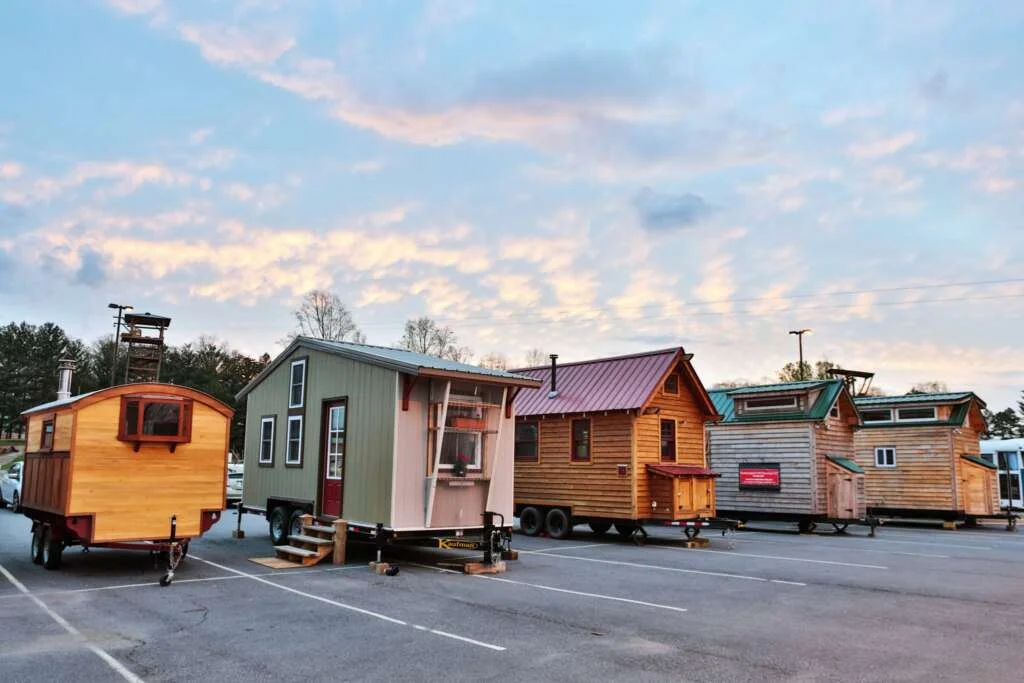
Advocacy and Legislative Efforts
Tiny Home Associations
Several tiny home associations and organizations exist in Oregon, advocating for the legal recognition and acceptance of tiny homes. These associations work to educate the public, policymakers, and communities about the benefits of tiny homes and advocate for legislative and regulatory changes to accommodate this form of housing. Joining a tiny home association can provide valuable resources, support, and opportunities to engage in efforts to shape the legal landscape for tiny homes in Oregon.
Proposed Legal Changes
Efforts are underway in Oregon to propose legislative changes that would provide clearer definitions and regulations for tiny homes. These changes aim to provide a legal framework that recognizes and supports the development of tiny home communities, increases access to affordable housing, and promotes sustainable living options. Staying informed about proposed legal changes and participating in public discussions and advocacy efforts can have a significant impact on shaping the legal future of tiny homes in Oregon.
Challenges and Controversies
Infrastructure
One of the challenges associated with tiny homes in Oregon is the availability and adequacy of infrastructure to support them. Tiny homes require access to utilities such as water, electricity, and sewage. Ensuring that the necessary infrastructure is in place, or can be easily installed, can be a hurdle in some areas. Collaborating with local utilities and exploring innovative solutions such as off-grid systems or shared infrastructure can help overcome these challenges.
Neighborhood Concerns
Another controversy surrounding tiny homes in Oregon revolves around neighborhood concerns. Some residents may express worries about the impact tiny homes can have on property values, aesthetics, and overall neighborhood character. Addressing these concerns through community engagement, educating neighbors about the benefits of tiny homes, and working together to find mutually agreeable solutions can help alleviate tensions and build support for tiny home projects.
Public Health and Safety
Ensuring public health and safety is a critical consideration when it comes to tiny homes. Some concerns relate to potential overcrowding, sanitation, fire safety, and access for emergency services. It is important for tiny home proponents to diligently address these concerns by adhering to building codes, implementing safety measures, and advocating for the development of appropriate regulations that prioritize the health and safety of both the tiny home residents and the surrounding community.
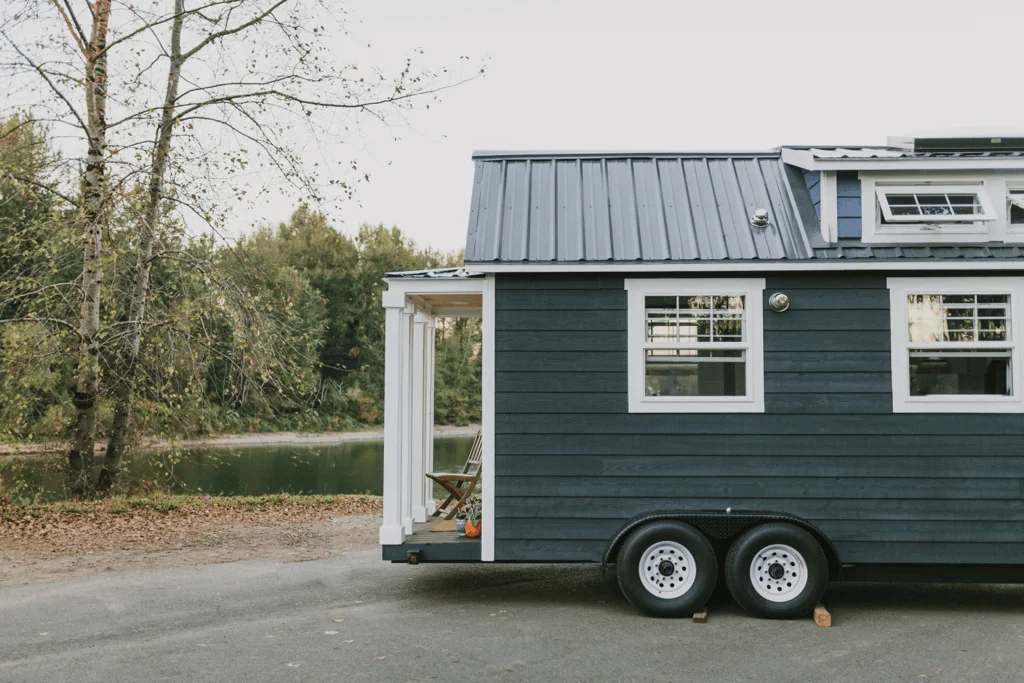
Benefits of Tiny Homes
Affordable Housing Solutions
One of the significant benefits of tiny homes is their potential to provide affordable housing solutions in Oregon. With rising housing costs, particularly in urban areas, tiny homes offer a more affordable alternative for individuals and families seeking homeownership or affordable rental options. These compact dwellings require fewer resources to build and maintain, resulting in reduced costs for both residents and communities.
Reduced Environmental Footprint
Tiny homes also offer a reduced environmental footprint compared to larger homes. Their smaller size means less energy consumption, lower water usage, and fewer materials needed for construction. Additionally, tiny homes can promote sustainable living practices, such as off-grid systems, rainwater harvesting, and solar power. By minimizing their environmental impact, tiny homes contribute to a more sustainable and eco-friendly way of living.
Conclusion
In conclusion, while the legality of tiny homes in Oregon can vary depending on specific locations and regulations, there are opportunities and potential pathways to make tiny homes a viable and recognized housing option. By understanding and complying with state and local building codes, zoning laws, and obtaining the necessary permits and approvals, individuals can navigate the legal landscape and pursue their dreams of living in a tiny home. By actively engaging in advocacy efforts, participating in legislative discussions, and addressing concerns surrounding tiny homes, Oregonians can work together to shape a legal framework that recognizes the value and benefits of tiny homes as an affordable and sustainable housing solution in the state.
